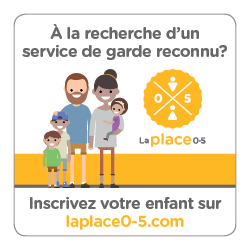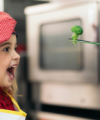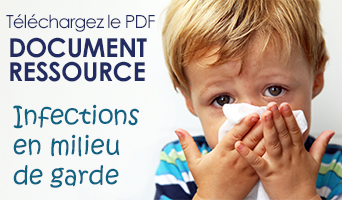What it is ? Whether it's a threadbare blankie or dog-eared doggy, this item is seemingly glued to your child's body, as he resists all attempts to leave his transitional object at home — or even let you wash it. Why it happens ? Most children get attached to a specific object (most often a crib blanket, stuffed animal, or thumb) before they reach their first birthday, but this behavior usually peaks in the second year. That's because transitional objects provide a sense of security when toddlers are really beginning to explore the world and become more independent. Plus, provide comfort at a time when childhood fears (of the dark, of strangers, of dogs) start. What you need to know ? Don't worry about your toddler earning his diploma with his teddy in tow. Sometime between ages of two and five, most kids are ready to bid bye-bye to their blankie (though they may occasionally cling to it during times of stress). The attachment is rarely abnormal, but do keep an eye out if your tot is always snuggling his T.O. instead of playing with toys, running around outside, or socializing with peers. If so, consider whether there's an underlying cause, such as a stressful situation. What to do about it ? 1) Set limits. Tell your toddler that his teddy can be carried around in the house but not to the playground. Or that it can go in the car but not inside the store Enlist your child's help. Ask him to find a special place in the house where his blanket will be safe while he plays outside. Or suggest he buckle it in the stroller or car seat before he leaves for day care. 2)Buy a duplicate if possible. You can whip out the twin (and head off a meltdown) when the original goes AWOL. 3)Keep his hands busy. He'll have less time to cling to Teddy if he's got interesting things to do, such as crafts, puzzles, and building toys. And Crank up the comfort. Make sure you give lots of hugs and reassurance to your child 😉 - Nancy, Babibulle's babies educator










